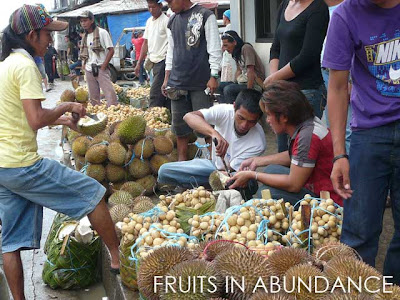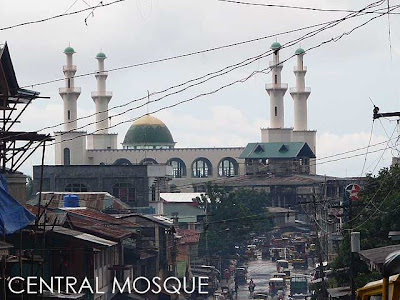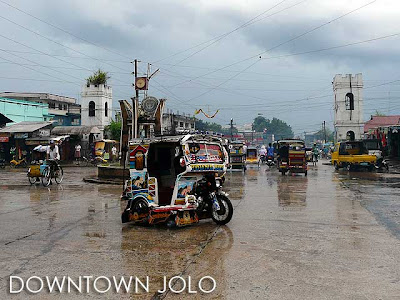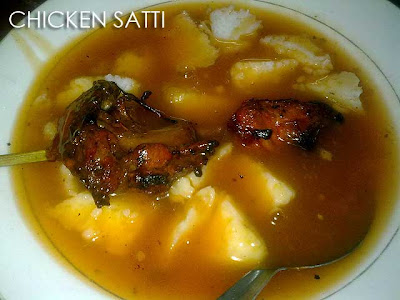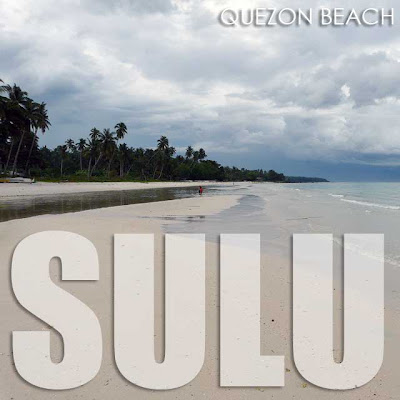
Sulu is indeed an island paradise. It's so unfortunate that the security situation there won't allow tourist arrivals for the meantime. But my curiosity pushed me to visit the island and see what was there. You can get to Jolo, Sulu from Zamboanga City since ferries leave Zamboanga Port every evening and arrive in Jolo at about four in the morning.
I spent Php620 for a cabin room bed (a cabin room accommodates four people). The regular aircon beds are Php470 which are all in one hallway. The cabin rooms have doors which you could lock. There are also flights to Jolo available from Zamboanga. Read Day-trip to Jolo for Part 1 of this trip.

After my quick nap, we proceeded to explore Jolo and the neighboring towns of Patikul and Indanan. We first dropped by the Sulu Provincial Capitol in Jolo. I noticed the centuries-old trees that lined the avenue that led to the Sulu Capitol. How I wish many of our old cities were able to preserve their trees.
You could also see the vernacular architecture hidden under the urban chaos of Jolo. If only the politicians there had the political will to clean up the city and preserve its character, Jolo would have been an even more fascinating town.
It's the gold domes that stand out in the Sulu Provincial Capitol. Beside the Sulu Capitol is the National Museum Sulu Branch which houses historical and cultural artifacts and exhibits on Sulu including the Sultanate of Sulu, as well as the Tausug and Badjao among others.
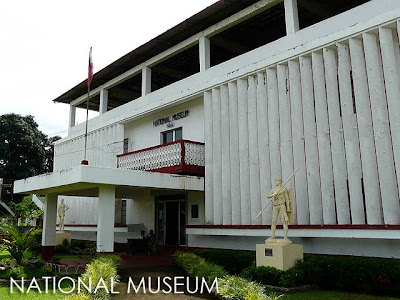
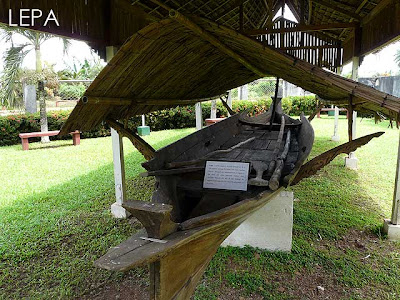
Outside the main building are statues of local heroes Panglima Unaid and Abduhalim Imao, as well as a century-old Bajau houseboat called a lepa.


I also got to taste the local Sulu variety of durian which was really good. And the prices shocked me. A basket of lansones (which looked like almost 8 kilos) was just Php70 or less than Php10 a kilo! The durian was just Php30 a piece or roughly Php15 a kilo. A bundle of mangosteen was just Php20 and my host told me that when in season, you could buy mangosteen for as low as Php5 a kilo!

We then visited the Central Mosque in Jolo. Unfortunately, I could only take a photo from the outside. There were a lot of people exiting the mosque since Friday prayers had just finished.

Lunch and the early afternoon was spent indoors since it started raining really hard. I walked to the nearby Jolo Cathedral when the rain stopped. In front of it was a Rizal Monument.
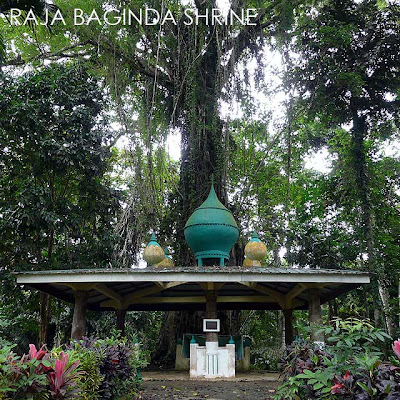

Later in the afternoon, we motored to the town of Indanan to visit Bud Datu where the grave of Raja Baginda, the first Muslim ruler of Sulu, is located. You'll have to enter a military camp to reach it. And since it's in a military camp, it's relatively well-maintained. But I'm sure the Raja Baginda Shrine can be improved to highlight the prominence of this Sulu pioneer in our nation's history. In fact, I'm surprised the National Historical Commission hasn't placed a marker there yet.
You can also see a nice panoramic view of Jolo from Bud Datu. But unfortunately, as we were walking from the Rajah Baginda Shrine to our vehicle, the sun disappeared again and it started to rain. So we ditched the view.

We had to wait the rain out again before proceeding to our last stop, said to be one of the best beaches in the Philippines with a wide expanse of white sand that could rival that of Boracay. It was about twelve kilometers from Jolo in the town of Patikul. Quezon Beach was highly-recommended with a caveat though: that I may need a security escort to visit.
My hosts didn't mention any of that so we proceeded to Quezon Beach. We passed by several military camps and check points along the road that went deeper into Patikul. I noticed the houses, very fine examples of vernacular architecture. They rarely used hollow blocks in Patikul. And I felt I entered a time warp as we drove through since these could have been the architecture of Maynilad when the Spaniards arrived there almost five centuries ago. Most of the wooden houses were elevated on stilts with covered porches on two sides. An elevated walkway connected the main house to another structure behind the house which served as a kitchen and cleaning area.

We finally reached Barangay Igasan and parked by the beach. There wasn't too much sun. But I could see that the beach was stunning even with the overcast skies. The beach was wide and the water was baby blue. I was told that further down the road, the sand was even finer, powder fine in fact to rival the best beaches of the country. But I had to save it for another day. I did not want to push my luck any further since it was starting to get dark. The sun and sand would have been an impeccable combination. But I guess I'll have to wait for another trip, hopefully when the situation is a bit better.
What I liked about the beach was that the houses were all made of native materials. So it really gave you that tropical feel. At least for now, it will stay that way. But I wonder how they would manage development there if the situation gets better.
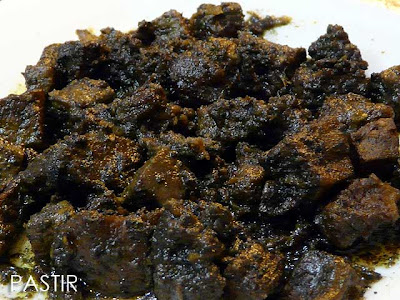

Back in Jolo, we had dinner and I got to try more local meat dishes like pastir and pyesak. Relatives of my host, curious as to where I went, asked which places I visited. When I told them we came from Quezon Beach, I got startled reactions. One even asked my host if they really brought me there and said I was brave to even visit. It was only then that I found out that the area was where many of the kidnappings this year occurred.
After dinner, I was brought to the Jolo Port to catch the 8 p.m. ferry back to Zamboanga. It was the M.V. Kristel Jane 3 again and I got myself the same cabin room. I was back in Zamboanga City at 4 a.m. just in time for another satti breakfast. As soon as I was done, I rushed to the transport terminal in Guiwan to catch a bus to Pagadian.


